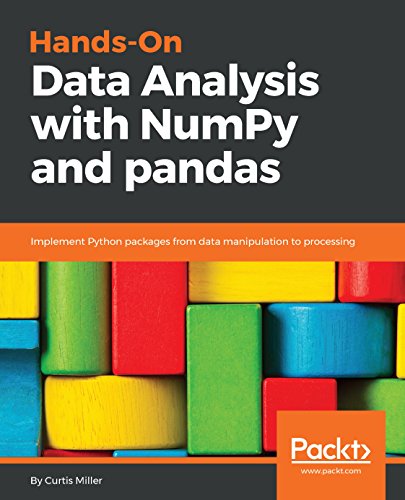Data manipulation and analysis are fundamental tasks in data science and analytics. Python libraries such as Pandas and NumPy provide powerful tools for handling, manipulating, and analyzing data efficiently. Here’s an overview of data manipulation and analysis using these libraries:
NumPy:
NumPy is a fundamental library for numerical computing in Python. It provides support for large, multi-dimensional arrays and matrices, along with a collection of mathematical functions to operate on these arrays. Key features of NumPy include:
- Arrays: NumPy’s ndarray (n-dimensional array) is a versatile data structure that allows efficient storage and manipulation of homogeneous data. It provides multidimensional indexing, slicing, and broadcasting operations.
- Mathematical Operations: NumPy offers a wide range of mathematical functions for array computations, including element-wise operations, linear algebra, random number generation, and statistical calculations.
- Array Manipulation: NumPy provides functions for reshaping arrays, joining arrays, splitting arrays, and adding/removing elements. These operations enable efficient data manipulation and transformation.
- Broadcasting: NumPy’s broadcasting feature allows for operations between arrays of different shapes and sizes, automatically aligning the dimensions to perform element-wise computations efficiently.
- Integration with Other Libraries: NumPy seamlessly integrates with other libraries, such as Pandas and Matplotlib, enabling efficient data processing and visualization.
Pandas:
Pandas is a powerful library built on top of NumPy, specifically designed for data manipulation and analysis. It provides flexible data structures and data analysis tools for efficiently working with structured and tabular data. Key features of Pandas include:
- Data Structures: Pandas offers two primary data structures: Series and DataFrame. A Series is a one-dimensional labeled array, and a DataFrame is a two-dimensional tabular data structure similar to a spreadsheet or a SQL table. These data structures provide powerful indexing, alignment, and query capabilities.
- Data Manipulation: Pandas offers a wide range of functions for data manipulation, including filtering, sorting, grouping, merging, reshaping, and pivoting. These operations enable efficient data cleaning, transformation, and aggregation.
- Handling Missing Data: Pandas provides methods for identifying, handling, and imputing missing data. It allows for removing or filling missing values using various strategies such as mean imputation, forward or backward filling, or interpolation.
- Time Series Analysis: Pandas has robust support for working with time series data. It offers functionalities for resampling, time shifting, rolling window calculations, and date/time indexing, making it easy to analyze and manipulate time-stamped data.
- Data Input/Output: Pandas supports reading and writing data in various formats, including CSV, Excel, SQL databases, JSON, and more. It simplifies the process of loading data from external sources and exporting analysis results.
- Data Aggregation and Grouping: Pandas allows grouping data based on specific criteria and performing aggregation operations such as sum, mean, count, or custom functions. This is useful for generating insights and summary statistics from large datasets.
- Data Visualization: Pandas integrates well with Matplotlib, a popular visualization library. It provides convenient functions for creating plots and charts, allowing for exploratory data analysis and visual representation of data.
By leveraging the capabilities of NumPy and Pandas, analysts can efficiently manipulate, transform, and analyze data in Python. These libraries provide a robust foundation for performing data cleaning, preprocessing, feature engineering, statistical analysis, and more.
